Objective 1: Extend the linear model to nonlinear and delayed-effect models
Objectiv 2: Automation of data preparation, model selection, and reporting


Objective 1: Extend the linear model to nonlinear and delayed-effect models
Objectiv 2: Automation of data preparation, model selection, and reporting

Develop an R package for design evaluation which can use Monolix or Simulx projects as input

Modern drug development, which can take up to 15 years and cost as much as $11 billion USD, relies heavily on high-quality data.

Modern drug development, which can take up to 15 years and cost as much as $11 billion USD, relies heavily on high-quality data1. Recognizing the criticality of attaining quality data that is easily convertible to analysis-ready datasets, a survey was developed to obtain baseline information on data quality and data standards, largely from a CRO perspective.

Limited information is available about the transfer of articaine into breast milk and the associated risks to breastfed infants.

Non-small cell lung cancer (NSCLC) is a major cause of mortality in the United States[1].

While biologics offer promise in addressing a range of unmet medical needs, clinically observed BILI events are concerning for drug developers, health care providers and patients.

This report summarizes the proceedings of Session 2 of the two-day public workshop titled “Considerations and Potential Regulatory Applications for a Model Master File” hosted by the U.S. Food and Drug Administration (FDA) and the Center for Research on Complex Generics (CRCG) on May 2–3, 2024.

ADMET Predictor 13 is almost here—and in this webinar, you’ll see how it gives your organization the First-to-Invent Advantage! Drs. David Miller, Vice President, ADMET Cheminformatics, and Michael Lawless, Sr. Principal Scientist, Cheminformatics Solutions walk you through the latest version of the software...
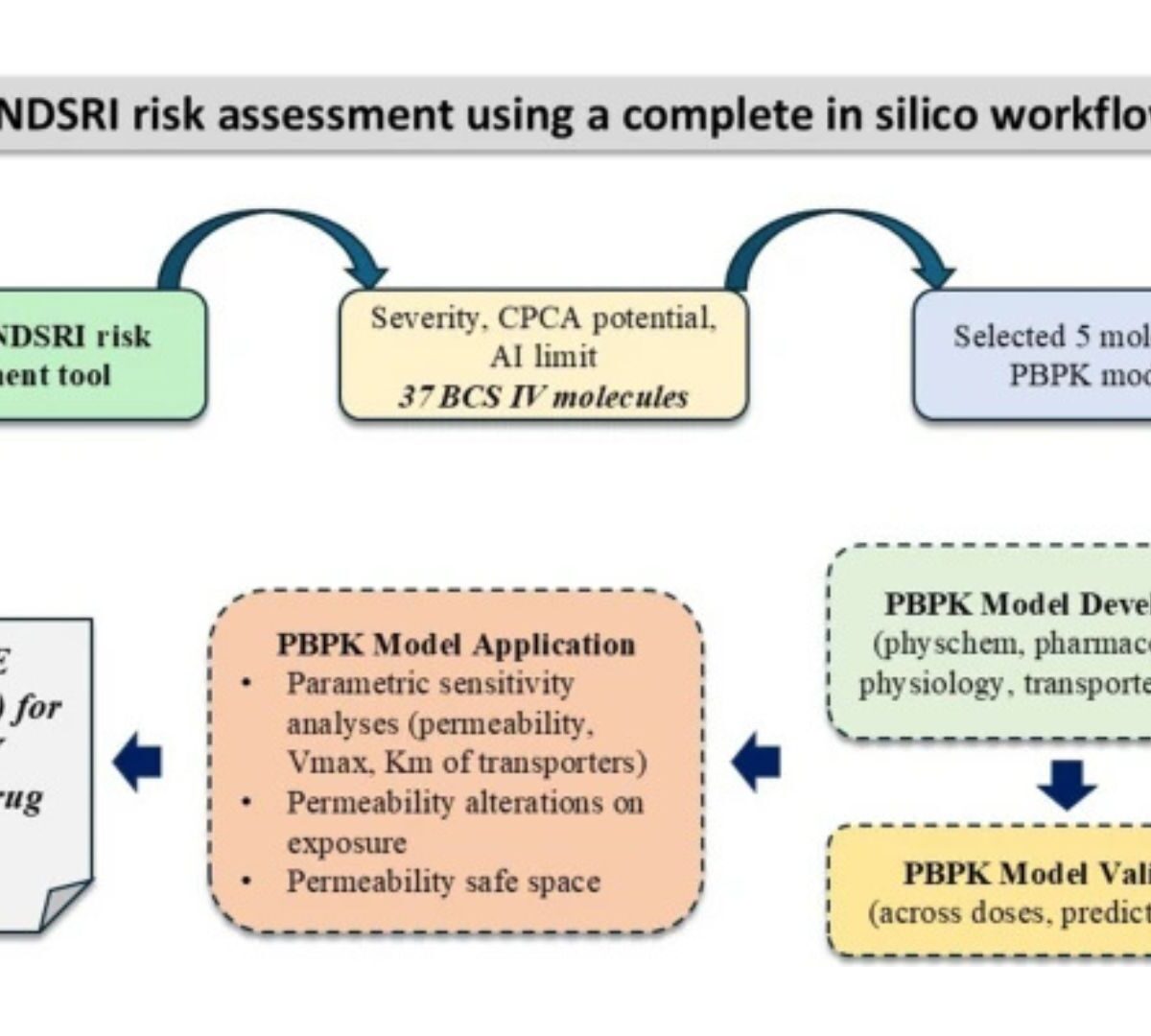
Nitrosamines drug substance related impurities (NDSRI) are organic impurities, highly potent mutagenic substances that are classified as human carcinogens.

The development of generic ophthalmic drug products indicated for intraocular pressure (IOP) reduction typically relies on comparative pharmacodynamic (PD) endpoint bioequivalence (BE) studies.
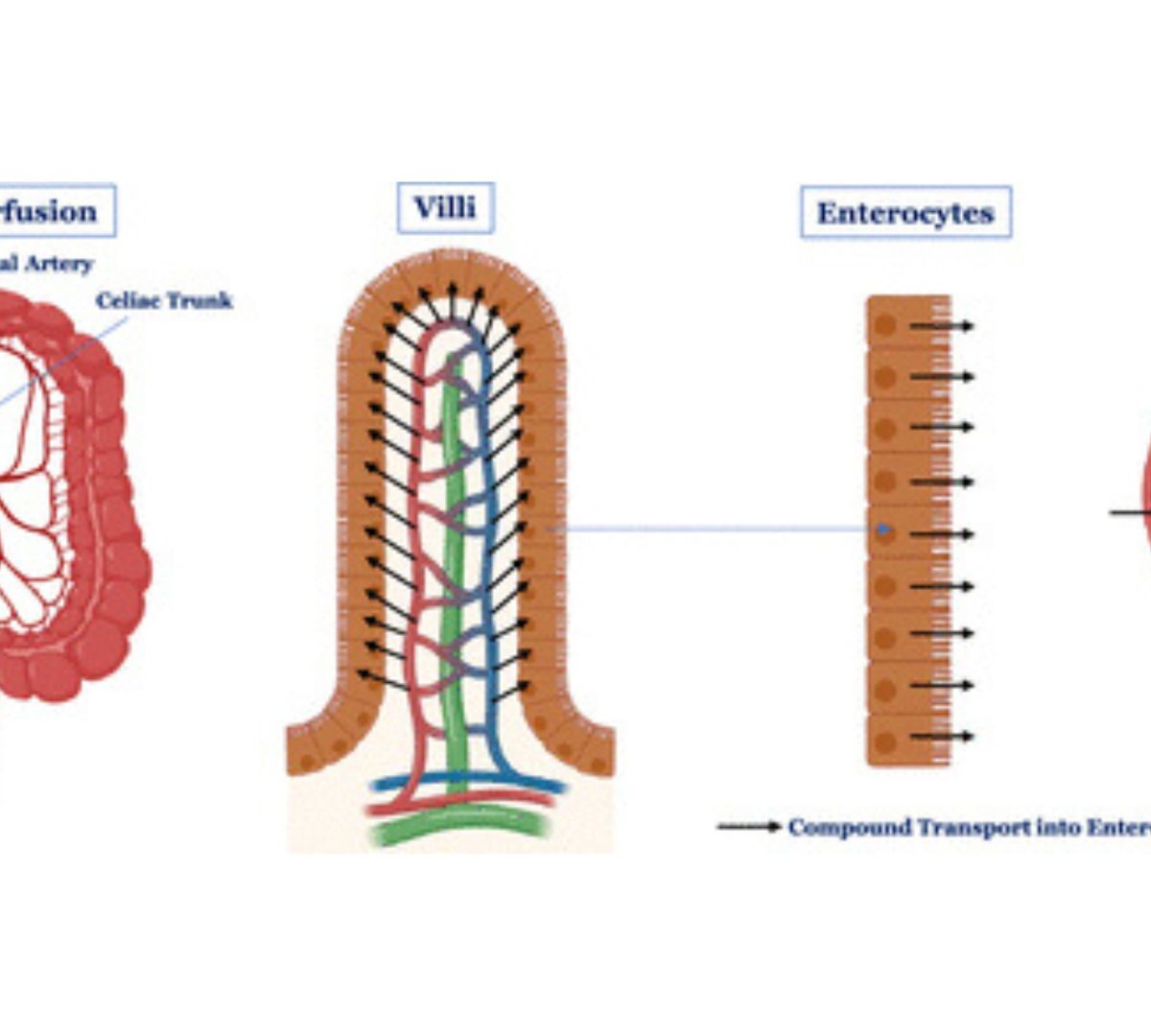
Intestinal excretion/secretion (IE) from the systemic circulation via the enterocytes into the intestinal lumen has traditionally been considered a minor clearance (CL) pathway.
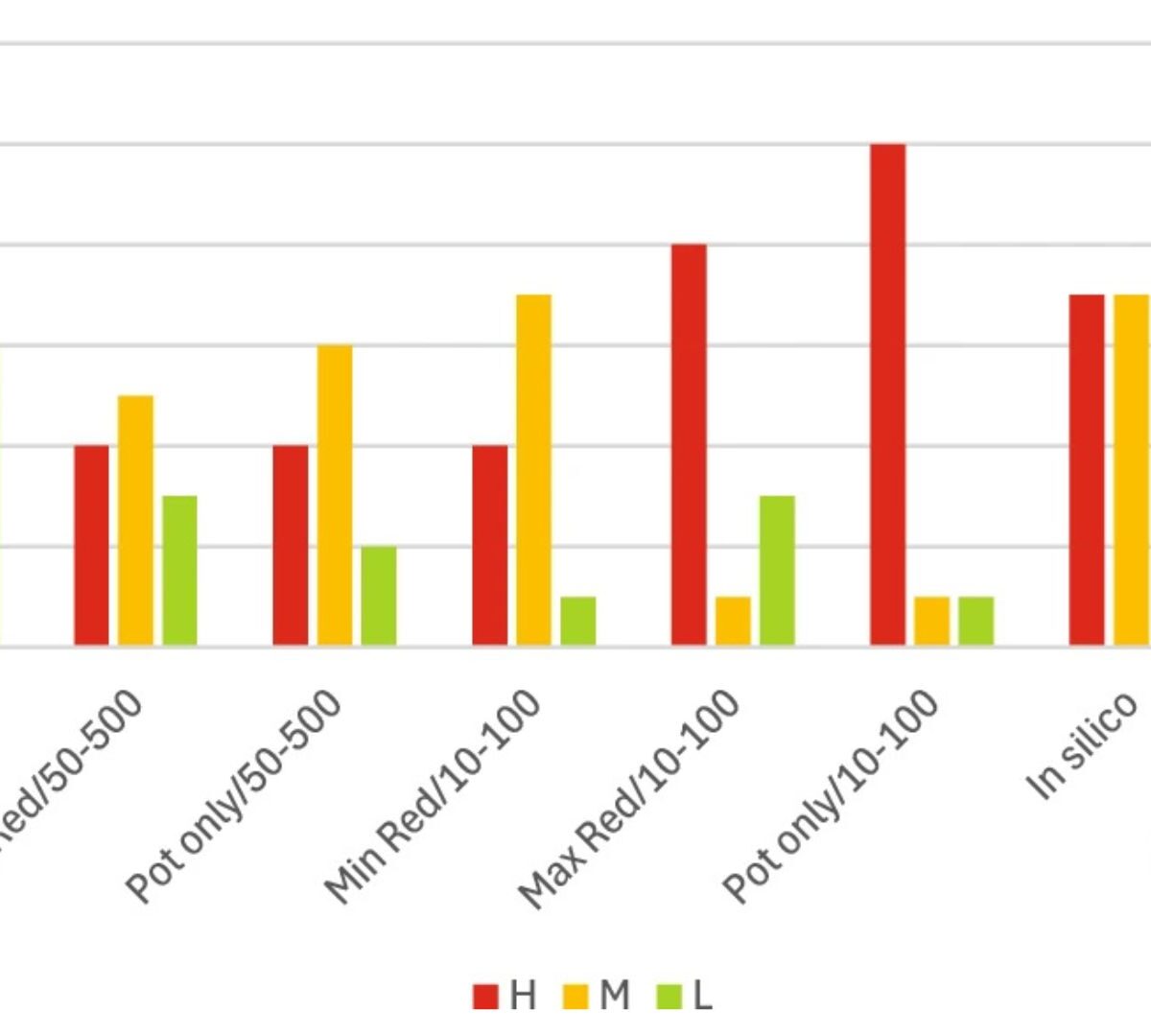
EPAA’s ‘NAM Designathon 2023’ challenge for human toxicity sought to identify a classification system capable of categorising chemicals based on their bioactivity and bioavailability properties determined using non-animal methodologies (Worth et al. 2025).

Multi-target property prediction has the potential to improve generalization by exploiting the positive transfer between targets.
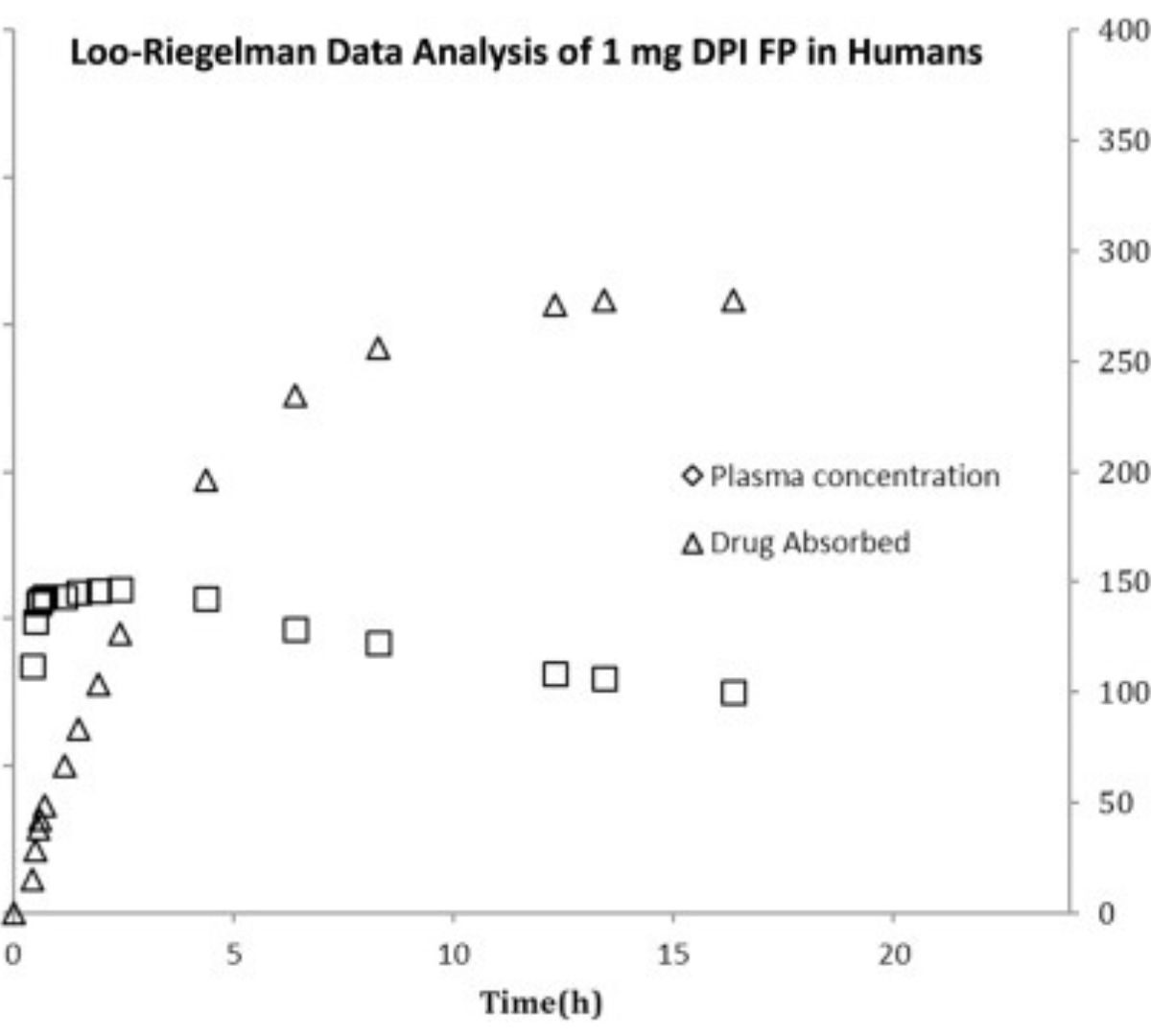
Pulmonary diseases, such as asthma and chronic obstructive pulmonary disease (COPD) are complex human airway diseases that affect millions of people worldwide.
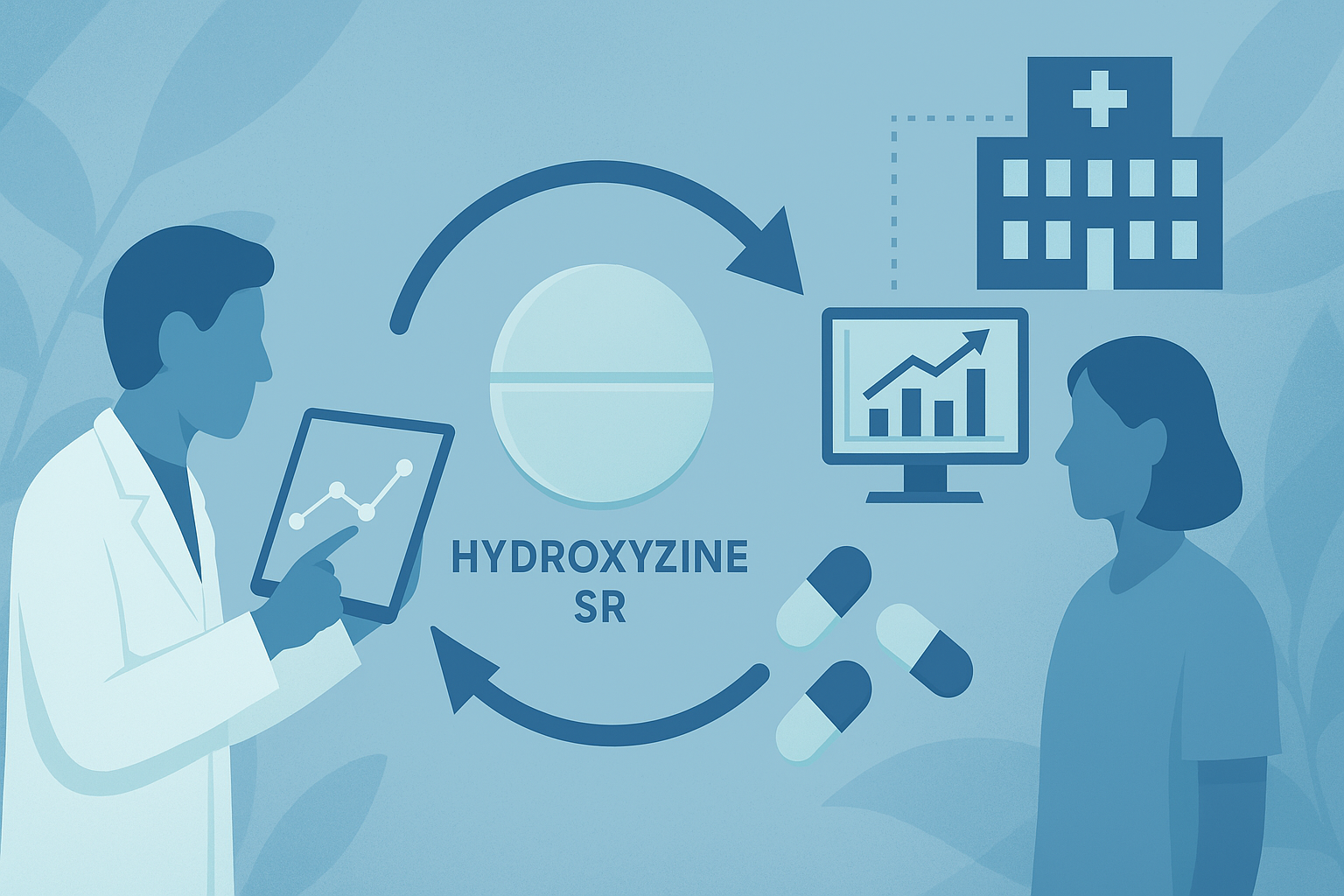
Model Informed Formulation Development (MIFD) uses physiologically based pharmacokinetic (PBPK) modelling and other in silico tools to facilitate new product development.
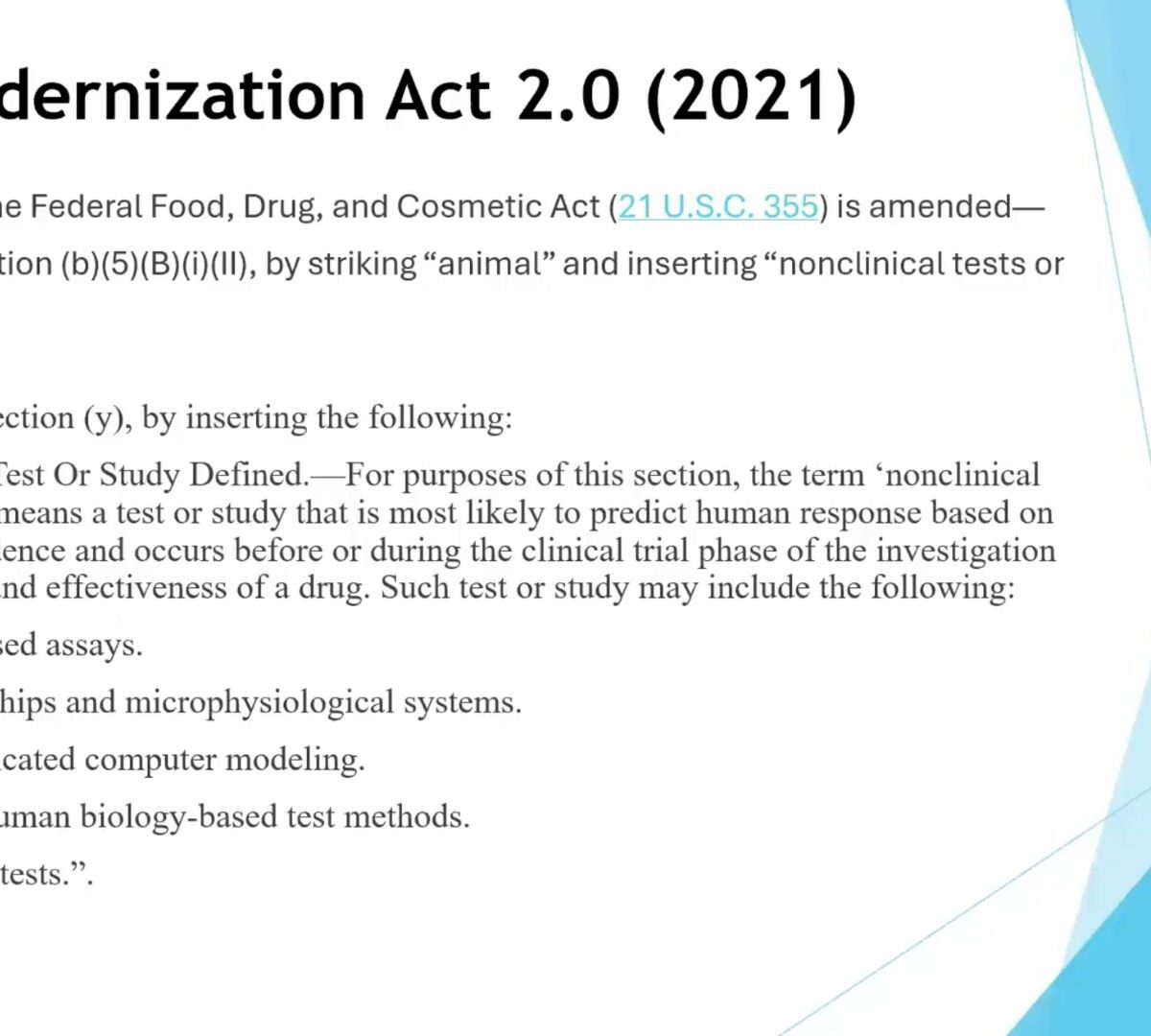
The FDA has released a new roadmap outlining a path toward reducing—and ultimately replacing—animal studies in pharmaceutical development with new approach methodologies (NAMs), beginning with monoclonal antibodies.

Your GastroPlus DDI Module license grants you access to our DDI reports and databases through the Simulations Plus Training Portal. You must register on the portal with your company email address in order to access these resources.

Newest version of the quantitative systems toxicology (QST) software supports drug-induced liver injury (DILI) prediction for pediatric patient populations
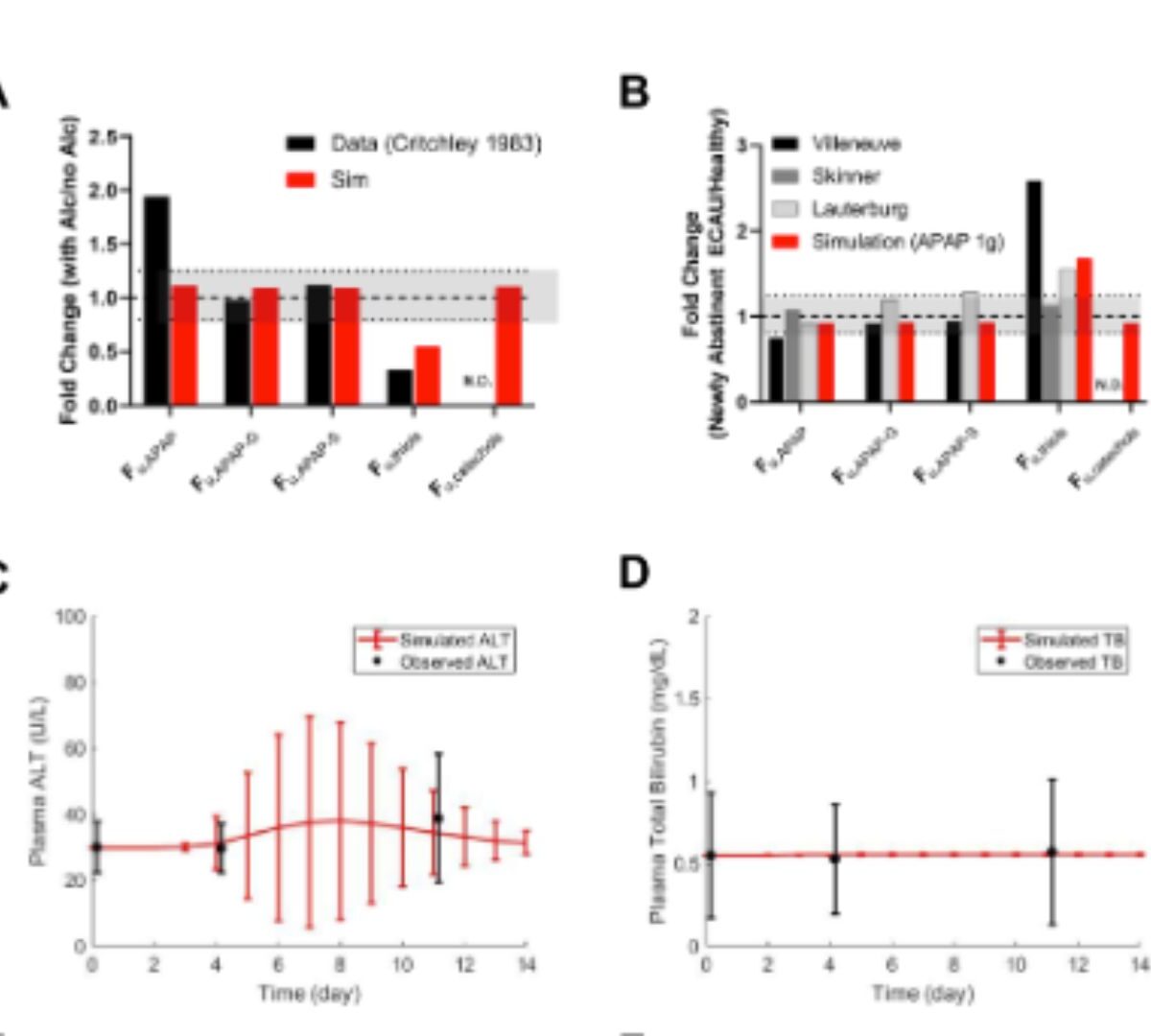
Acetaminophen (APAP), an over-the-counter analgesic and antipyretic, can cause hepatotoxicity when ingested in large overdoses.